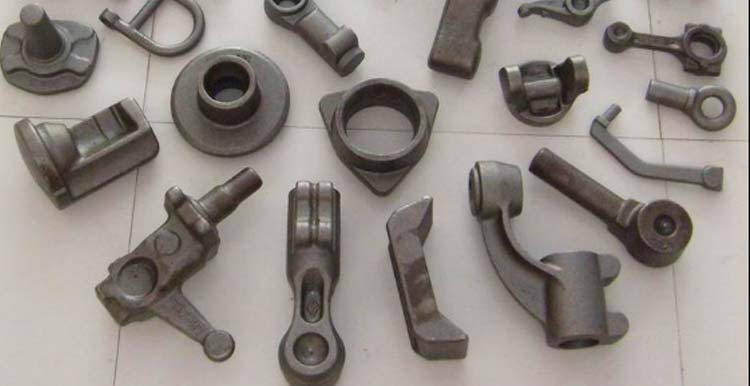- Contact Innally, Let you purchase forgings in China more favorable prices, products more assured!
- Hotline:+(86)15038323776 Email:innally@innally.com
How to improve the strength and wear resistance of metal forgings?
- Category: Metal forging, Stainless steel forging
- |
- Date: 16/10/2023
with the continuous improvement of environmental awareness, green manufacturing will also become an important development direction of the metal forging industry in the future. In the production process, more attention will be paid to the conservation of resources, the reduction of waste emissions and the improvement of energy efficiency, in order to achieve a win-win situation of economic and environmental benefits.
Product Details
Metal forgings are widely used in many fields, such as aviation, automotive, energy and so on. Improving the strength and wear resistance of metal forgings is of great significance for improving its service performance and service life.
First, material selection
Choosing the right material is the basis of improving the strength and wear resistance of metal forgings. In general, metal materials with high strength and wear resistance should have high hardness, strength and density, while having good toughness and corrosion resistance. In the selection of materials, the processing performance and economy of the material should also be considered. Commonly used metal materials include steel, aluminum alloy, titanium alloy, etc., of which steel is one of the most commonly used metal materials.
In order to improve the strength and wear resistance of metal forgings, some alloying means can be used, such as adding carbon, silicon, manganese and other alloying elements to change the mechanical properties and wear resistance of the material. In addition, the internal structure and surface state of the material can be changed by heat treatment and cold treatment, so as to improve the strength and wear resistance of metal forgings.

Second, the process flow
Scientific process is the key to improve the strength and wear resistance of metal forgings. Generally speaking, the manufacturing process of metal forgings includes the following steps:
Smelting: Through smelting, the metal material to achieve the required composition and organizational structure.
Casting: Molten metal is poured into the mold, cooled and solidified to obtain the desired shape and size of the metal blank.
Heat treatment: By heating and cooling methods, the internal structure and surface state of the material are changed to achieve the required mechanical properties and wear resistance.
Forging: The heated metal blank is placed in a press or die, and an external force is applied to deform and process it into a metal forging of the desired shape and size.
Machining: The metal forgings after forging are turned, milling, drilling and other mechanical processing to meet the required dimensional accuracy and surface roughness requirements.
At each stage of the process, it is necessary to pay attention to the control of quality and precision, and follow the process specifications and operating procedures to ensure the strength and wear resistance of the final metal forgings. Especially in the heat treatment and forging stages, parameters such as temperature, time and pressure need to be precisely controlled to avoid defects such as cracks, inclusions and oxide skins.
Iii. Future Outlook
With the continuous progress of science and technology and the expansion of application fields, the production process of metal forgings is also constantly innovating and developing. In the future, improving the strength and wear resistance of metal forgings will face more challenges and opportunities.
New alloy materials and composite materials will continue to emerge, providing more options and possibilities for improving the strength and wear resistance of metal forgings. At the same time, with the development of digital and intelligent technology, the metal forging industry will also increasingly use automated and intelligent production equipment and process flow to achieve high efficiency of production and product diversification.
In addition, with the continuous improvement of environmental awareness, green manufacturing will also become an important development direction of the metal forging industry in the future. In the production process, more attention will be paid to the conservation of resources, the reduction of waste emissions and the improvement of energy efficiency, in order to achieve a win-win situation of economic and environmental benefits.
nannan
INNALLY mainly provides you with various types of cast and forged parts products. Welcome your inquiries! innally@innally.com
Related Products
Search
Forging center
- Steel forgings
- Aluminium alloy forging
- Titanium alloy forging
- Stainless steel forging
- Copper forging
- Automotive forgings
- Locomotive forging
- Bicycle forgings
- Motorcycle forging
- Rigging and fasteners
- Bearing forging
- Electric power fittings
- Marine forging
- Mechanical forgings for metalworking
- Mining machinery forgings
- Marine engineering forgings
- Construction machinery forgings
Popular product

© 2025. All Rights Reserved.






